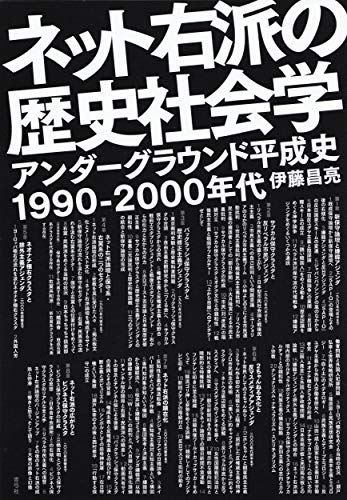- 著者
- 伊藤 昌亮
- 出版者
- 日本マス・コミュニケーション学会
- 雑誌
- マス・コミュニケーション研究 (ISSN:13411306)
- 巻号頁・発行日
- vol.66, pp.91-110, 2005
- 被引用文献数
- 1
This paper applies a performative view, not a communicative view, to thelargest online community in Japan, Channel 2 by analyzing its typical collectiveaction called Yoshinoya Festival, from both aspects of its online communicationsand offline events. Behaviors in online communications are analyzed quantitativelybased on the methodology of CMC studies, and those in offline events areanalyzed qualitatively based on that of cultural anthropology. Then the problematiccharacteristics in Channel 2 are discussed.
97 0 0 0 OA ネットに媒介される儀礼的パフォーマンス 2ちゃんねる・吉野家祭りをめぐるメディア人類学的研究
- 著者
- 伊藤 昌亮
- 出版者
- 日本メディア学会
- 雑誌
- マス・コミュニケーション研究 (ISSN:13411306)
- 巻号頁・発行日
- vol.66, pp.91-110, 2005-01-31 (Released:2017-10-06)
- 参考文献数
- 14
- 被引用文献数
- 1
This paper applies a performative view, not a communicative view, to the largest online community in Japan, Channel 2 by analyzing its typical collective action called Yoshinoya Festival, from both aspects of its online communications and offline events. Behaviors in online communications are analyzed quantitatively based on the methodology of CMC studies, and those in offline events are analyzed qualitatively based on that of cultural anthropology. Then the problematic characteristics in Channel 2 are discussed.
5 0 0 0 OA 自粛の社会史
- 著者
- 伊藤 昌亮
- 出版者
- 日本メディア学会
- 雑誌
- マス・コミュニケーション研究 (ISSN:13411306)
- 巻号頁・発行日
- vol.98, pp.51-65, 2021-01-31 (Released:2021-05-18)
- 参考文献数
- 16
- 被引用文献数
- 2
In Japan, no legal measures have been taken to restrict activities of citizensin coping with the ongoing COVID-19 pandemic. People are simply exercisingself-restraint as requested by the government. Self-restraint has been acontradictory yet widely practiced behavior among Japanese at turning pointsthroughout the country’s history from wartime to the present day. This paperdiscusses the roles of such a behavior after picking key turning points based onthe analysis of a number of relevant newspaper articles of the Asahi Shimbunand Yomiuri Shimbun. Examples include the establishment of the wartimeregime, the inception of the LDP’s dominance under the 1955 system, the oilcrises, U.S.-Japan trade friction, the demise of Emperor Hirohito, neoliberalreforms, and disasters triggered by the 1995 Great Hanshin and 2011 Tohokuearthquakes. An observation of self-restraint among the Japanese under thesecircumstances is followed by an examination of the workings of power andnorms in Japanese society.
- 著者
- 伊藤 昌亮
- 出版者
- 日本社会情報学会事務局
- 雑誌
- 社会情報学研究 (ISSN:13429604)
- 巻号頁・発行日
- vol.10, no.2, pp.9-23, 2006
2 0 0 0 OA 「社会情報学からみた場所と移動」
- 著者
- 三浦 伸也 吉原 直樹 金菱 清 金 成玟 伊藤 昌亮 遠藤 薫
- 出版者
- 一般社団法人 社会情報学会
- 雑誌
- 社会情報学 (ISSN:21872775)
- 巻号頁・発行日
- vol.6, no.1, pp.33-68, 2017 (Released:2017-11-16)


